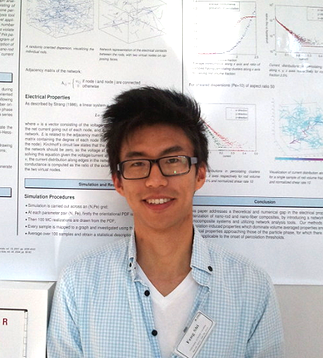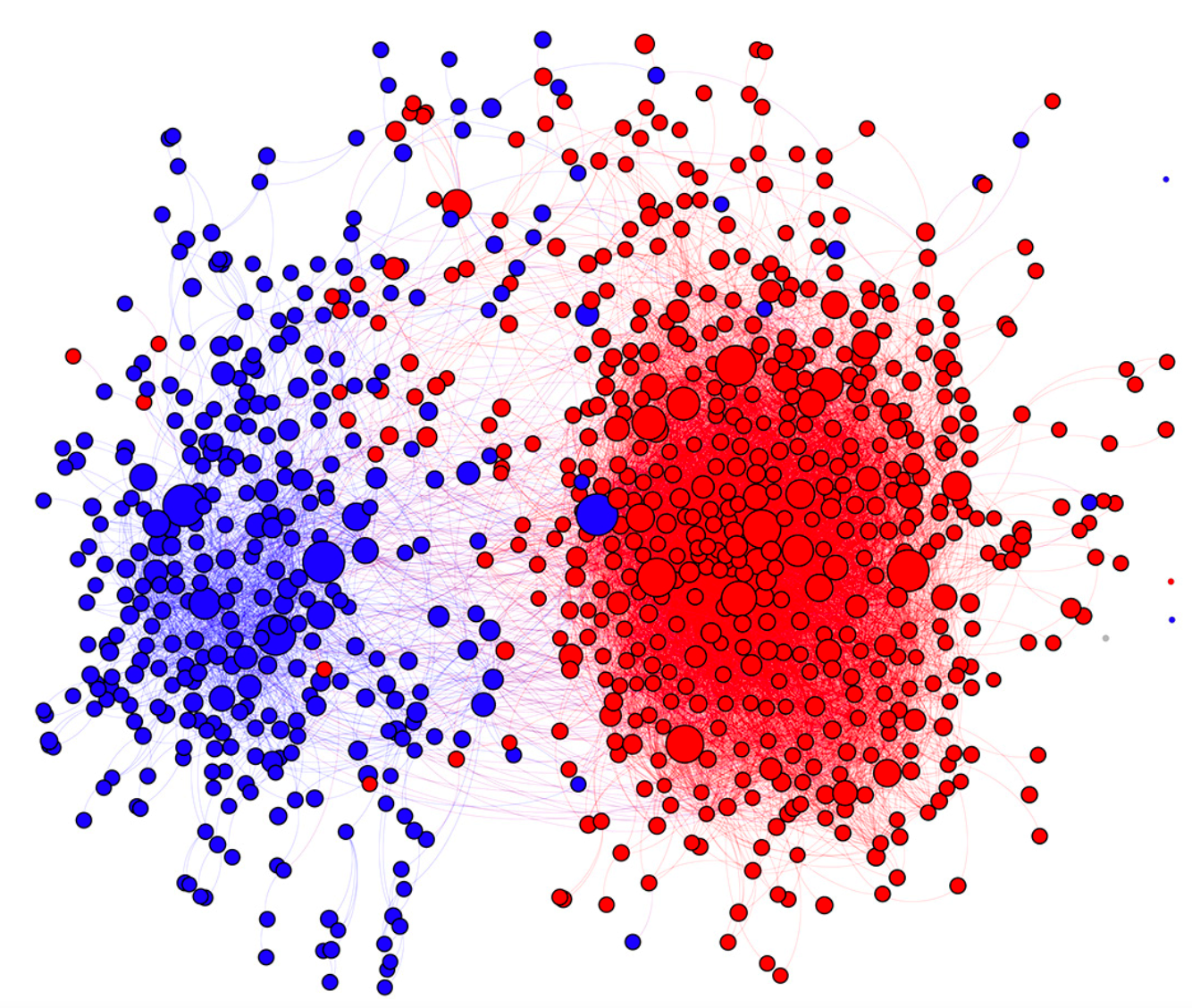To be honest, it was a (pleasant) surprise when I was invited to contribute to this series. I don’t consider myself as someone who has a typical or shiny academic career, but rather I have been following a winding path across academia and industry. On second thought, maybe it is exactly because of that non-smooth curve of experience that my story can be useful for those of you whose own experience can relate to it and hopefully learn something from it.
When I started writing this piece toward the end of 2022, it had been one of the coldest winters of the past few years. But it is not cold at all compared to the stock market, or to be more precise, the stock market of the tech industry. What comes with that is bad news on the job market. Tech giants, Amazon, Meta, Microsoft, etc. are reporting massive layoffs. It is even harder for smaller, growing tech companies. And it is really tough to see my colleagues leaving the startup I am working at, again and again. But I also understand and kind of expect the cooldown of this tech hype. After all, the fairy tale created by those top companies– high payment, relatively low barrier of entry, and good work-life balance (well, this last one is not true for every tech company) – is not sustainable.
As someone who saw the burst of the dot-com bubble in 2000 and the financial crisis in 2008, I wonder how history keeps repeating itself in different ways. Take the financial industry for example. I grew up in the golden era of Wall Street, and through college I had heard too many stories about people becoming millionaires overnight and seen so many people regarding working at Wall Street as their dream. Out of blue, the financial system collapsed in 2008 and since then, Wall Street lost its glory and was replaced by Silicon Valley as the dream for the new generation. How much déjà vu appears in what’s happening today! But there is a big difference: the economy has not crashed (yet), and none of the major players have gone bankrupt. The layoffs seem more like self-correction: correcting for the over-optimistic expansions in the past few years. Therefore, I would like to bring up this point: in retrospect, new fields rise, become hyped, and converge to normal. If there is one thing that helped me riding through the ups and downs, that is realizing my unique value and cultivating it.
Flashback to my PhD years. I was in the math department and in my first year, it did not take long before I realized that my talents are not in pure math. I was not excited, nor did it seem likely that I might be able to solve a million-dollar math problem for 30 years like Yitang Zhang did. Luckily, during that time I came to realize that I was in fact quite good at computing because I worked at a computer graphics lab in college and wrote a lot of code for math models. Looking back from now, my unique value was the ability to do large-scale computational studies on math problems. Hence, with some luck and help from my awesome professors, I found some interesting behaviors of a network model called the evolving voter model and applied network models to studying nano-composite materials. Since then, I started my life-long journey in graphs and network science. I am not saying that I was the only one in the world who could do computational math nor was I the best person doing it; rather, it was what set me apart from my peers and what I was good at. However, my unique value also evolved during my PhD: I became a card-carrying network scientist with strong computational skills, which brought me to a postdoc job at the Computation Institute at the University of Chicago.

Figure 1. Me presenting network models for nano-rod composites at a conference when I was a PhD student.
There I met my postdoc mentor, Professor James Evans, a highly atypical social scientist doing chemistry, medicine, machine learning, and some sociology. With him I waded into messy real-word problems and gradually moved away from theoretical math models. I got the chance to play around with various real datasets such as Amazon purchases, Wikipedia texts, biomedical papers, US patents and so on. It is that experience that inspired me to address real issues in society and science such as polarization (Figure 2). Before I knew it, I became a so-called data scientist. I was not clear what data science really was at that time, but I knew what unique value I could provide: mining patterns from real data with computational methods, especially network/graph techniques.

Figure 2. Visualization of the co-purchase network between liberal (blue) and conservative (red) books sold on Amazon, manifesting two densely connected clusters. Each circle represents a book, and two books are connected if they have been co-purchased.
Then, catching the tail wind of data science, I went back and joined the Odum Institute at UNC thanks to the data@Carolina initiative. My title was data scientist, but it was closer to a tenure track position without the tenure pressure. I spent a quite lovely 3 years there and did something I would never be able to do at somewhere else, like writing a book (more accurately, a series of data science tutorials) for SAGE, teaching people from all around the world including an unforgettable workshop in Beirut, Lebanon, and collaborating with researchers from a wide range of fields from sociology to medicine. I was going to settle down there, but my job title and my research attracted some attention from industry. When I got a call from Amazon, my adventure gene was reactivated but I still had a hard time deciding. Eventually, I took the offer as that was probably the way to get me even closer to real-world data and problems and to have a positive impact on the society with my skills. I didn’t feel any hard transition from academia to industry at all because Amazon hired me for my unique value, mining interesting patterns from real data, but just with a focused application – recommender systems. As for the work environment, I was lucky to work in a great team - collaborative, respectful and fun - which even reminded me of some of my postdoc moments when we were talking about papers and drawing on the whiteboards. In the meanwhile, my unique value continued to evolve: addressing real problems with machine learning and graph methods.
So where am I now? I am at a database startup building graph machine learning tools. It is not hard to see why I joined: graphs, data, machine learning, all the scattering dots in my previous experiences connect. However, it is a totally different environment. In the past year, I feel everything was put on a fast-forward mode: I Interviewed 100 people or so to build the ML team, I needed to plan and deliver a product within several months, and I had to perform managing duties while writing react apps. If it were my first job out of academia, I might struggle for the transition. Fortunately, the experience at Amazon prepared me for it: I saw how a mature organization operates, what processes and practices are needed, and what make an effective team. Therefore, as a side note, I would suggest new grads thinking carefully before joining startups as their first job, but you do learn a lot more at a much faster speed at a startup than at an established company. The value I bring to the table is also enriched: besides all the technical abilities, I now have much better product sense and leadership skills.
Finally, winter is coming. I feel deeply sorry for anyone who is impacted by the layoffs. But if history replays itself again, this change of the industry might mean the next big thing is emerging and it might be time to look at something else anyway. At this point many people – me included – constantly wonder whether their job can survive the winter. But no matter what happens, market and industry have their own value logic, and I look forward to what my unique value will bring me next.